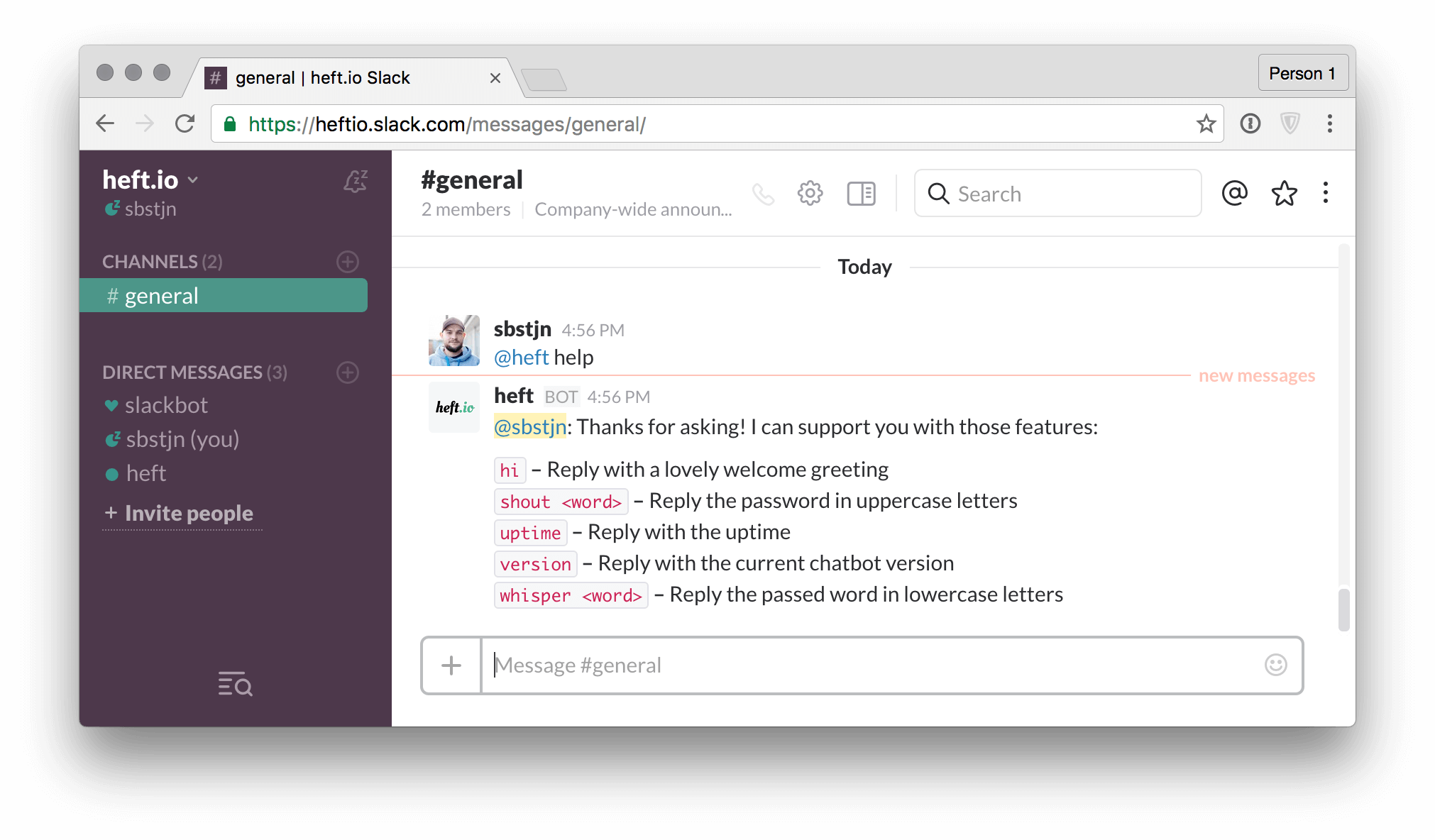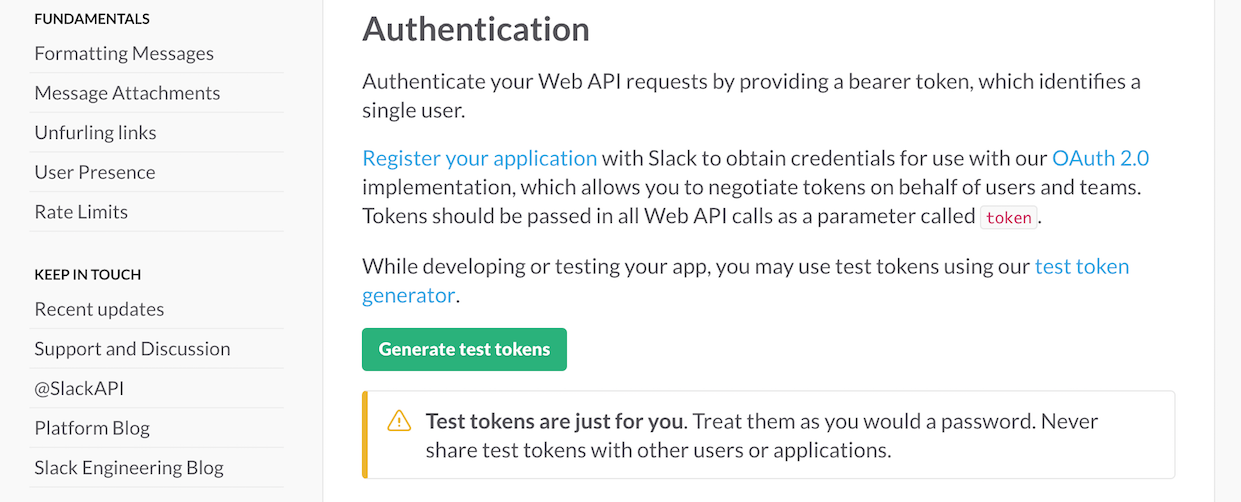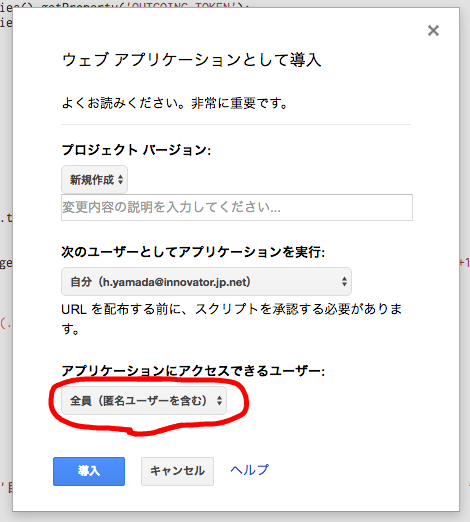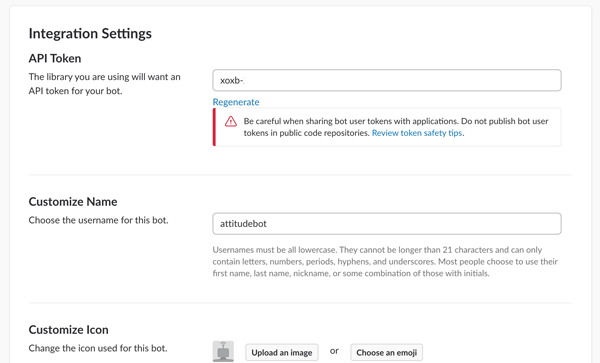In addition to delivering content to Looker's built-in destinations, you can deliver content to third-party services integrated with.In addition to delivering content to Looker's built-in.
Slack User Token
- Learn how to build an SMS-powered Slack bot in Python.
- Slack CLI for productive developers.
In this tutorial, we’ll learn about how we can send messages to Slack via the Command Line. Slack is an extremely popular collaboration tool due to its amazing set of integrations. The tool we’ll use today does not need any integration however, it only requires your personal Slack Token. Let’s get started.

Installation
The tool we’ll be using is call Slack-Cli, If you have NPM or Node installed, you can get this tool with a simple
note the -g global flag, this will make the slackcli command available globally anywhere from the command line.
Usage
Cubefieldunblocked games. First we need to get our slack token from https://api.slack.com/custom-integrations/legacy-tokens, this is the only thing you’ll need to make this work. Now head over to the command line and send a message to Slack with:
replace your token for the -t value. You should now see a message from user name Pentacode in your Slack channel! It’s that simple. Now I don’t want to send/type my token every time I send a message, so I am going to store my token as a value somewhere, for the sake of simplicity, I will store it as a command line variable:
now you can simplify the above command as:

looks much better!

This tool has more options for you to customize your message, you can even attach a file to it, this means you can build literately anything you want with this tool, perhaps a bot? 🙂
I hope you enjoy this quick little tutorial and find the tool useful.
Create Slack Api Token

If you enjoyed this tutorial, make sure to subscribe to our Youtube Channel and follow us on Twitter @pentacodevids for latest updates!
Management
Reports
Distribution
Distribution
This example shows how to use the Mode API to create a schedule for delivering reports via Slack. You can use this example to create multiple schedules with different parameter values, to send a report to different Slack channels, and so on.
Endpoints used
../{organization}/reports/{report_token}/subscriptions
Supported methods:

- GET: returns all schedules for a report
- POST: creates a new schedule
../{organization}/reports/{report_token}/subscriptions/{subscription_token}
Supported methods:
- GET: returns a schedule
- PATCH: updates a schedule
../{organization}/reports/{report_token}/subscriptions/{subscription_token}/slack_memberships
Supported methods:
- GET: returns the Slack channel to which the report is delivered on schedule
- POST: adds Slack channel to which the report is delivered on schedule
- PATCH: updates the channel to which the report is delivered on schedule
How this example works
In this example, the create_slack_schedule method first makes a POST request to app.mode.com/api/{organization}/reports/{report_token}/subscriptions, creating a schedule. You can specify the time interval, preview/report link preferences, and parameter values in the payload. We then make a GET request to that same endpoint, to return all schedules in the report. We look at the first schedule on the list, the most recently created one, and get its subscription token. This subscription token lets us add a Slack channel by making a subsequent POST request to app.mode.com/api/{organization}/reports/{report_token}/subscriptions/{subscription_token}/slack_memberships.
To try it yourself
- Download the example code to a
.pyfile - Input the API token, API secret, organization name, and other custom information as needed. An API token and secret can be generated here
- Save the .py file in your desired directory
- Open the terminal and navigate to that directory
- Run the command
python3 {file_name}.py - All of our Python recipes require Python 3
